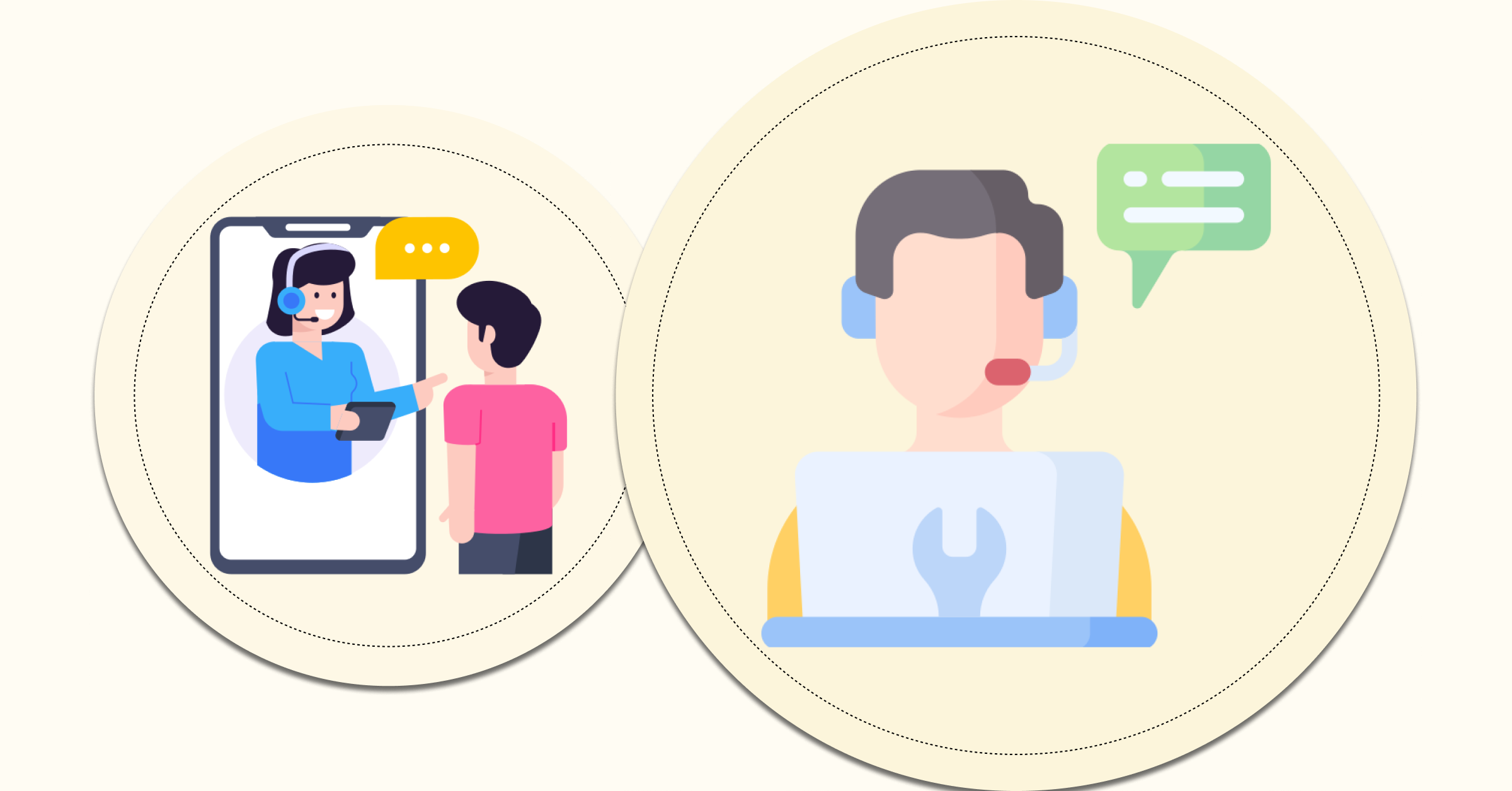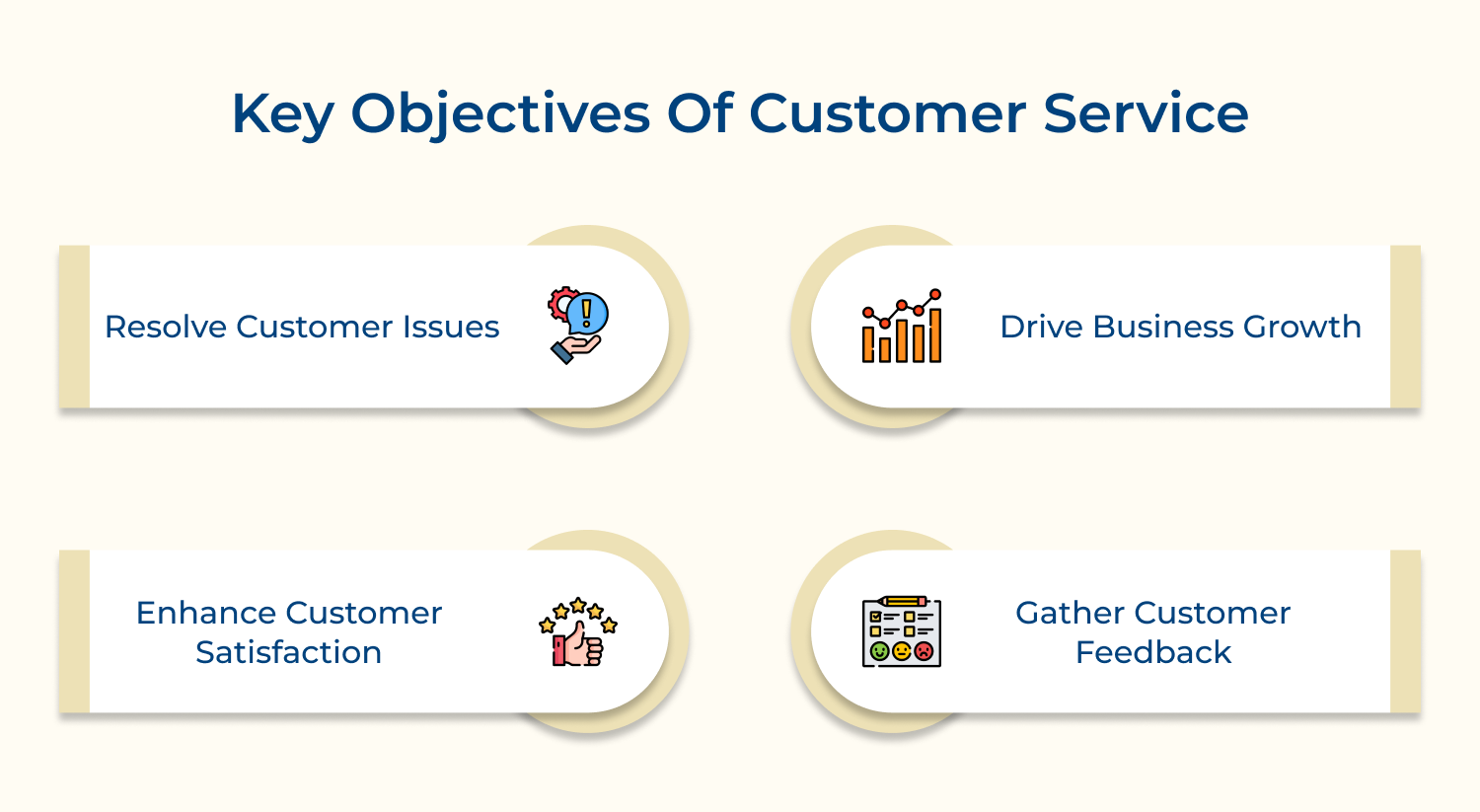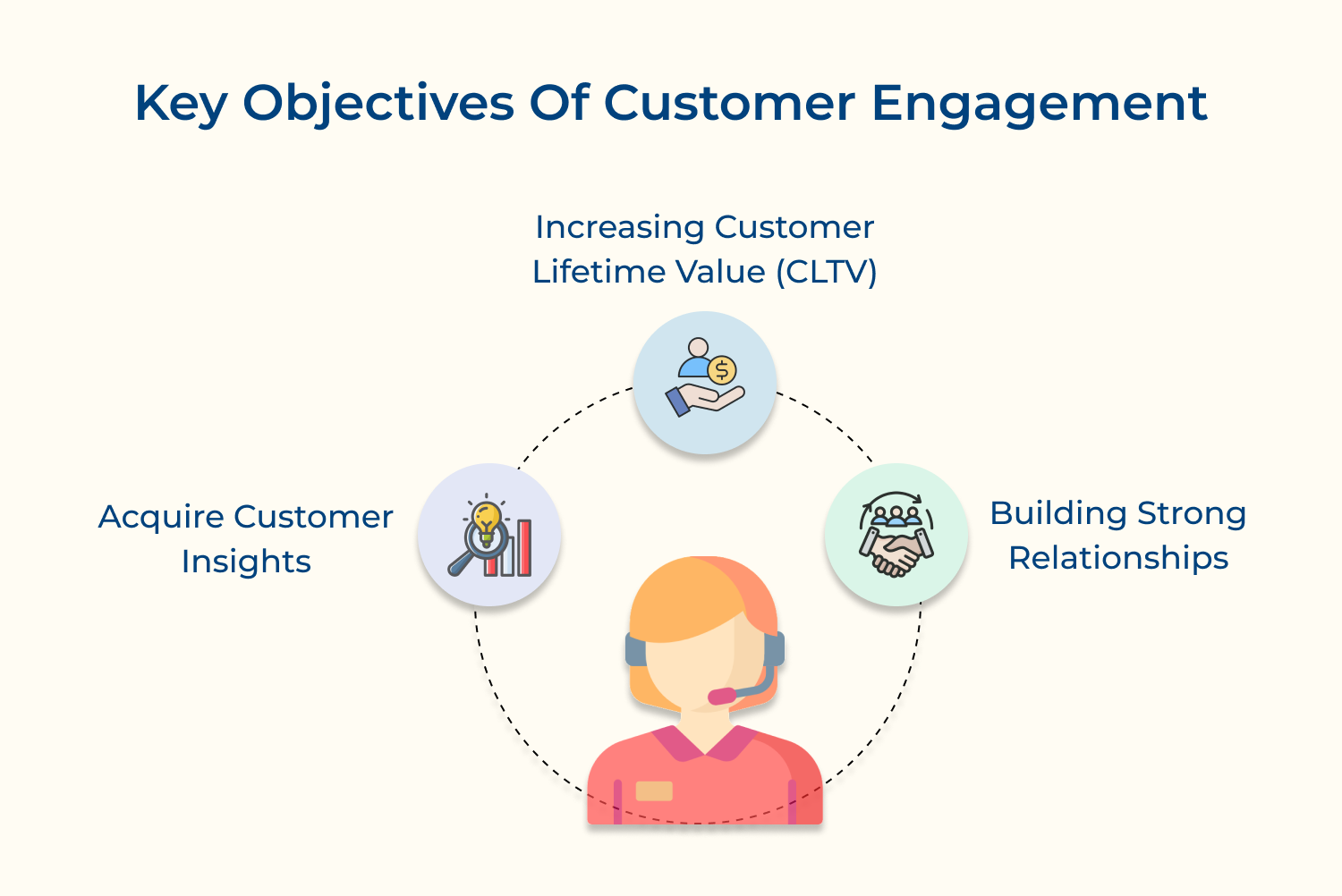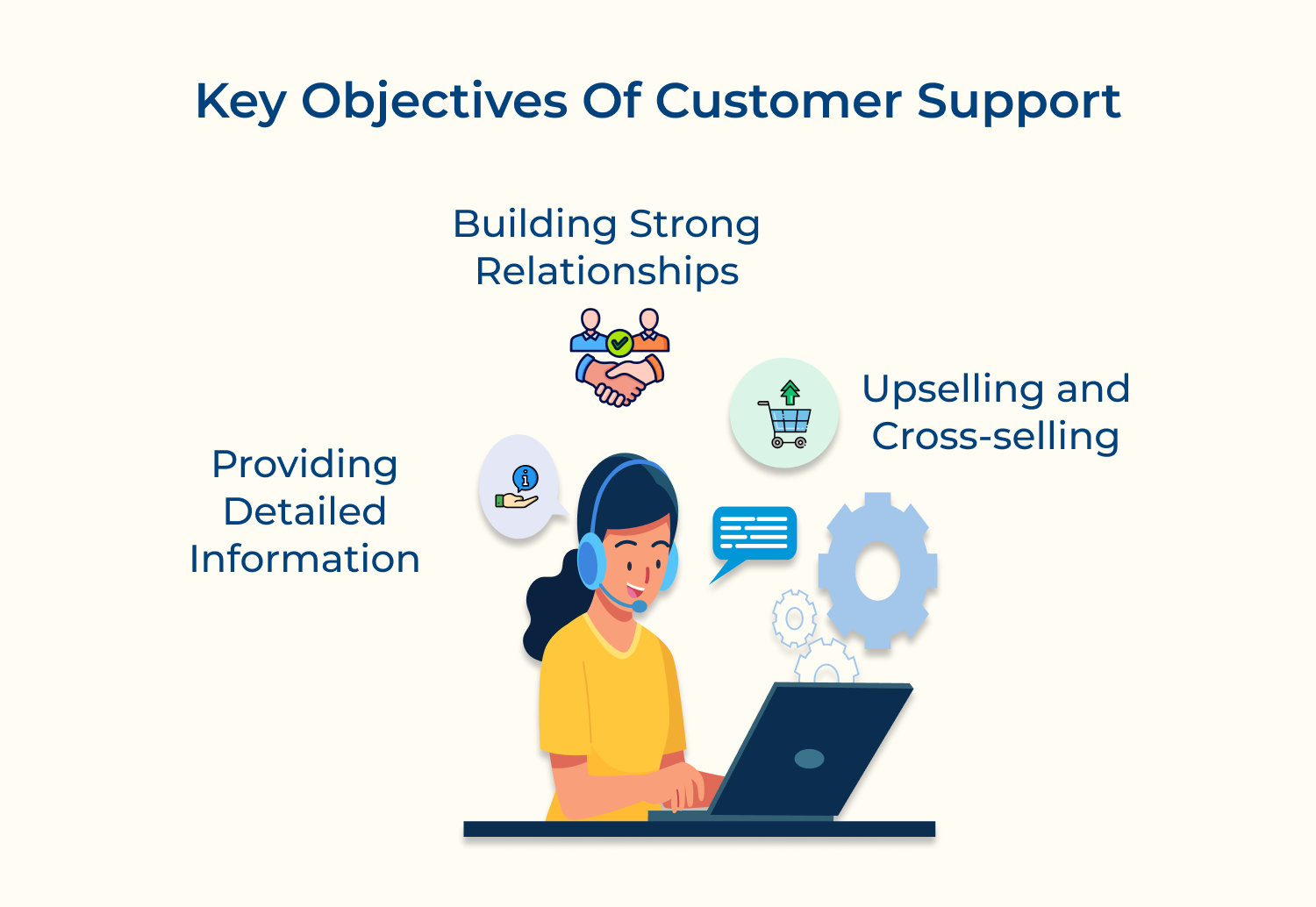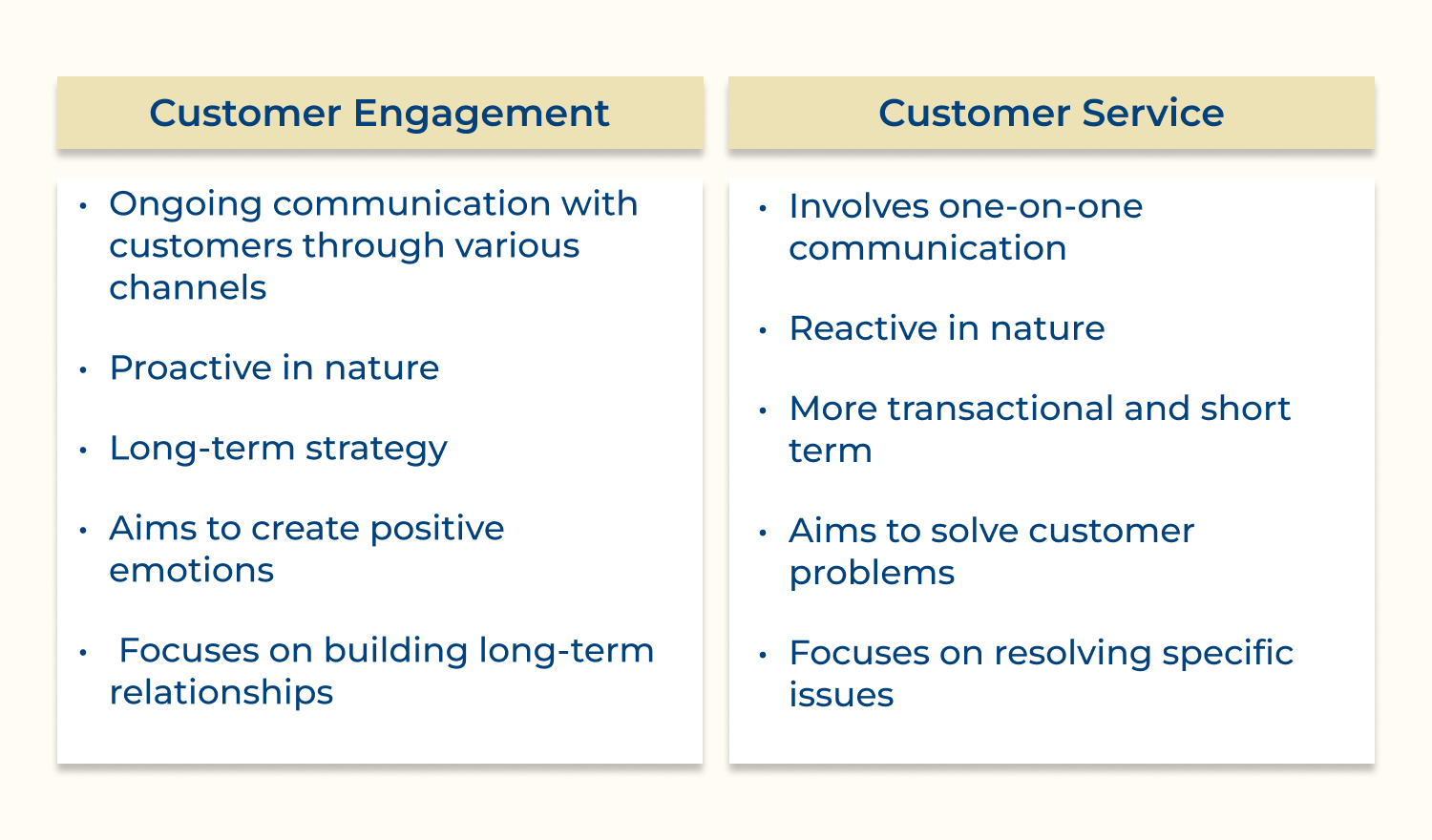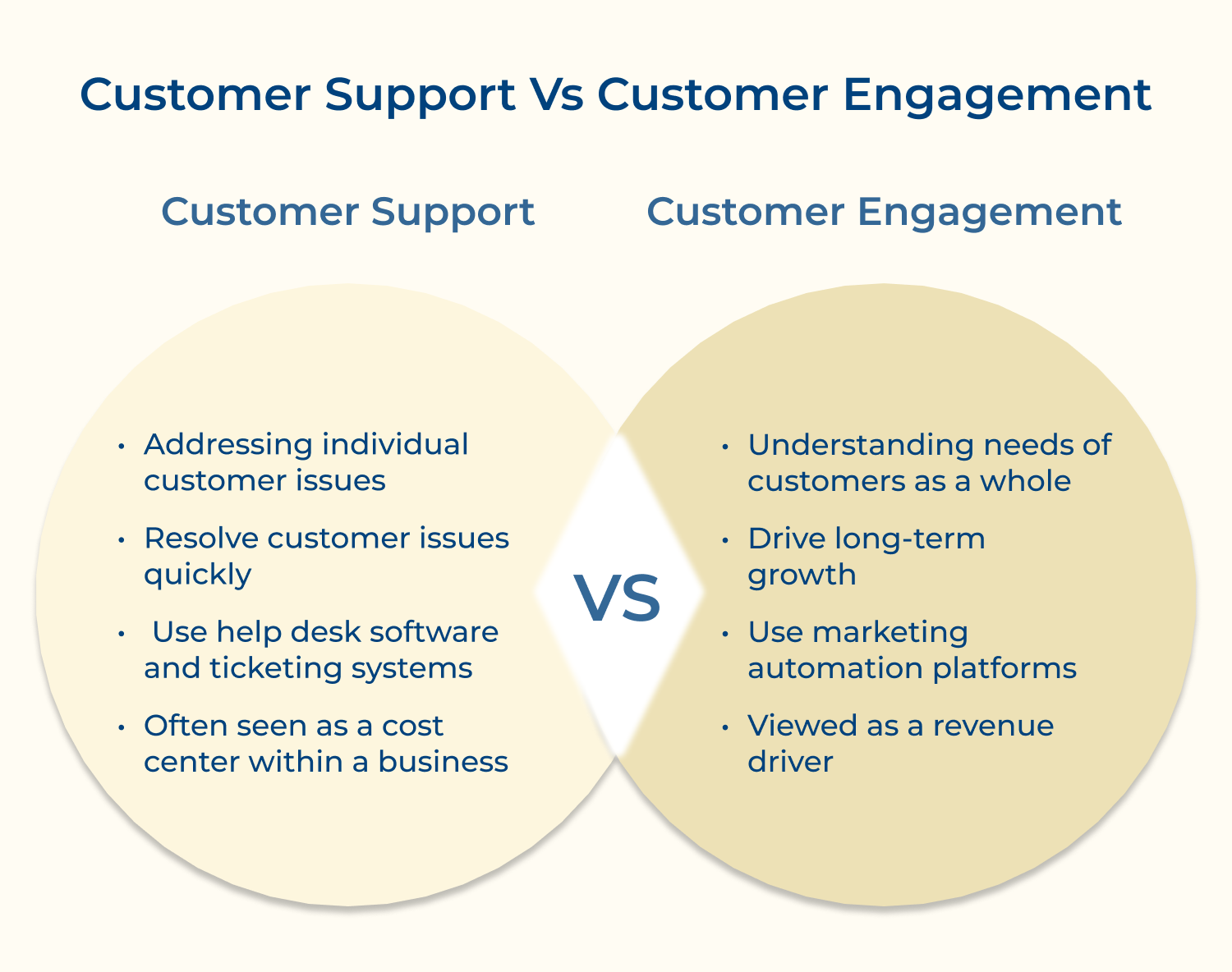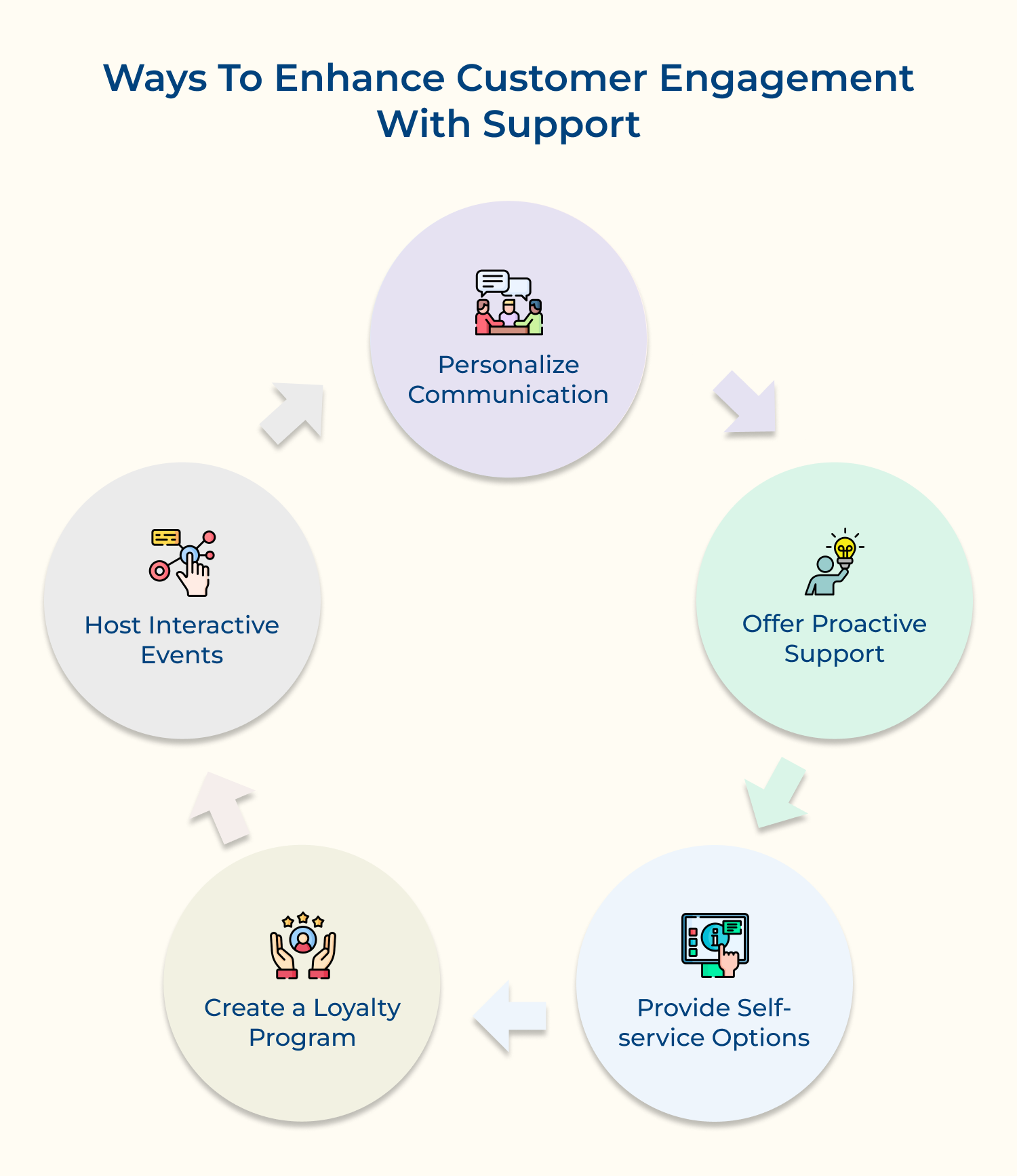Let us discuss the key differences between customer engagement and customer service.
1. Communication
Customer service involves one-on-one communication between a customer and a representative of the business. The communication is often transactional, as the customer is seeking help with a specific issue.
Whereas customer engagement involves ongoing communication with customers through various channels such as social media, email and in-person interactions.
2. Proactiveness vs Reactiveness
Customer engagement involves actively reaching out to customers and building relationships with them. It can involve things like personalized marketing campaigns, social media interactions and personalized customer experiences.
On the contrary, customer service is reactive and focuses on addressing customer concerns as they arise.
3. Measurement
Customer engagement can be measured through key metrics like customer satisfaction scores, customer lifetime value and social media engagement. These metrics can help businesses understand how effectively they are building relationships with customers and where they can make improvements.
Whereas customer service can be measured through metrics such as response time, issue resolution time and customer feedback surveys.
4. Customer Expectations
Customer engagement is becoming a baseline expectation for customers, as they seek personalized and meaningful interactions with brands. Customers want to feel valued, understood and appreciated by the companies they do business with.
On the contrary, customer service is a basic requirement for customer satisfaction, as customers expect timely and effective support when they have questions or issues.
5. Long-Term vs Short-Term
Customer engagement is a long-term strategy that focuses on building relationships with customers over time. It involves creating personalized experiences, maintaining regular communication and providing ongoing value to customers.
Whereas customer service is more transactional and focuses on resolving specific issues or customer concerns.
6. Strategic vs. Tactical
Customer engagement is a strategic approach that focuses on building long-term relationships with customers and creating brand loyalty. It involves things like creating personalized experiences, engaging with customers on social media and gathering feedback to improve products or services.
When we talk about customer service, it is more tactical and focuses on addressing specific customer issues or concerns.
7. Value Creation
Customer engagement is focused on creating long-term value for both the customer and the company. It aims to foster loyalty, increase customer lifetime value and drive revenue growth through repeat business as well as referrals.
Whereas, customer service is focused on delivering immediate value by addressing customer needs, resolving problems and ensuring customer satisfaction in the short term.
8. Emotional vs. Functional
Customer engagement is more emotional, as it aims to create positive emotions and experiences for customers. It focuses on building trust, empathy and rapport with customers.
For customer service it is more functional, as it aims to solve customer problems, address issues and meet customer needs efficiently.
Customer Support vs Customer Engagement
Customer support and customer engagement are two essential components of building a successful business. While they may sound similar, there are key differences between the two that can greatly impact the overall customer experience.
